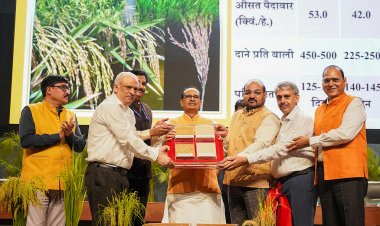Wholesale tomato prices crossed Rs 150 per kilogram in markets last week. A few weeks ago, tomatoes were being sold at just Rs 15 to 20 per kg. The surging prices of tomatoes can potentially disrupt India’s inflation trajectory, a study by researchers at the Reserve Bank of India said.
According to the report, there is unidirectional volatility transmission from tomato prices to those of onions and potatoes. This means that variations in tomato prices have an impact on the pricing of onions and potatoes. The findings suggest that knowledge about tomato price fluctuations is passed along to the pricing of the other two vegetables, indicating a certain level of inter dependence and information flow between their prices.
The study titled ‘Anatomy of Price Volatility Transmission in Indian Vegetables Market’ was funded by the Reserve Bank of India under the DRG Study Series. Development Research Group (DRG) has been constituted in the RBI in its Department of Economic and Policy Research. Although tomato, onion, and potato (TOP) constitute a minor proportion of the Consumer Price Index combined basket, they significantly contribute to the fluctuation and instability of headline inflation, the report said.
Experts say these vegetables have a significant weight in the food basket, and the volatility in their prices has an impact on the headline inflation. For June, the impact might be cushioned because of base effects, but going forward there are upside risks to inflation print, because of volatility in not just vegetables, but also cereals and milk. Food price inflation experienced a downward trend until 2018-19, mainly due to abundant food grains and horticultural production. However, in subsequent years, food price inflation began to rise, primarily driven by an increase in vegetable prices.
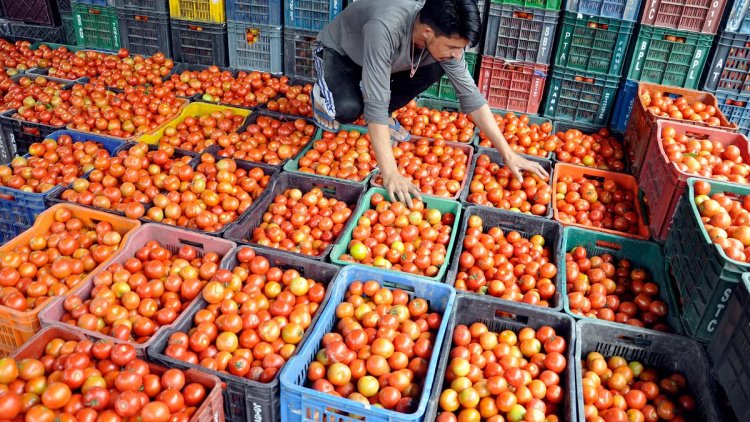
This upward trend in prices can be attributed to the growing occurrence of extreme rain events, which have caused significant spikes in onion, tomato, and potato prices. Vegetables, constituting 13.2 per cent of the CPI-Food and beverages basket, have historically played a significant role in driving food inflation. The report, co-authored by Puja Padhi, Himani Shekhar and Akanksha Handa, said vegetables had been major drivers of both price increases and subsequent moderation in food prices.
The following are the conclusions from the study. First, there is horizontal volatility transmission across these three vegetables in both retail and wholesale markets. This transmission can be explained by the common driving factors leading to spillovers across the vegetable prices. These include common supply shocks, such as extreme weather shocks (cyclones, monsoon failure, unseasonal rains, droughts, heatwaves, etc.), hoarding, pest attacks, post-harvest losses and strikes protests as well as an increase in input costs. In addition, some degree of substitutability and complementarity can also be seen among these vegetables. The empirical estimates indicate price volatility transmission from tomato to onion and potato, in both retail and wholesale markets.
Second, the vertical transmission (i.e., from wholesale to retail prices or vice versa) can be seen in the case of all three vegetables. While the volatility transmission between the wholesale and retail prices is bi-directional in the case of potato, there is a unidirectional transmission from wholesale to retail prices in the case of onion and tomato. The bilateral price volatility transmission between the wholesale and retail prices of potato could be because potato is relatively more storable as compared to tomato and onion. Hence, when retail prices spike because of any issue in the supply chain, the stored wholesale potato prices also respond to that shock.
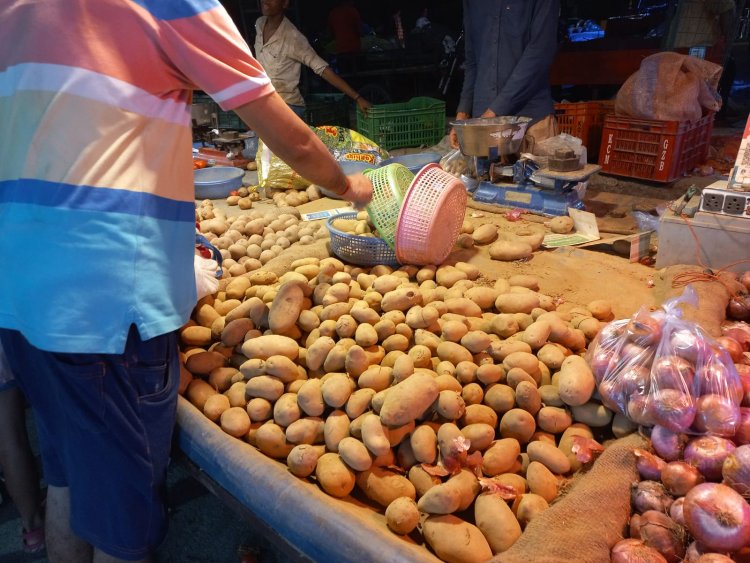
Third, the three vegetables have a dynamic conditional correlation in the case of both retail and wholesale prices which demonstrates how correlations among their prices have changed over time. A higher degree of correlation among prices suggests better co-movement and price integration. Fourth, the study does not find any evidence of a significant differential impact of positive or negative price volatility shocks (asymmetric effects) across these three vegetables in both retail and wholesale markets. Given the perishable nature, limited substitutability, and increased susceptibility to supply shocks, vegetable prices have historically tended to be highly volatile imparting volatility to the overall inflation.
The results of this study, therefore, have important policy implications. As volatility in vegetable prices is driven by recurrent supply shocks, supply management measures by the government, such as strengthening the supply chain, placing stockholding limits on traders, wholesalers and retailers, developing cold storages, reducing post-harvest losses and integrating all the participants in the value chain, can help in ensuring domestic availability and stable prices.
The findings of the study hold implications for the management of overall inflation. Given the objective of price stability of the central bank, it becomes imperative to not just anchor inflation within targeted levels but also sustain inflation at those levels. This would require curtailing the primary sources of volatility. The prevalence of significant volatility transmission across the three vegetables demonstrates that when there is a shock in tomato prices, it is possible to estimate the magnitude of the influence on the prices of onion and potato using the transmission mechanism shown in the study.
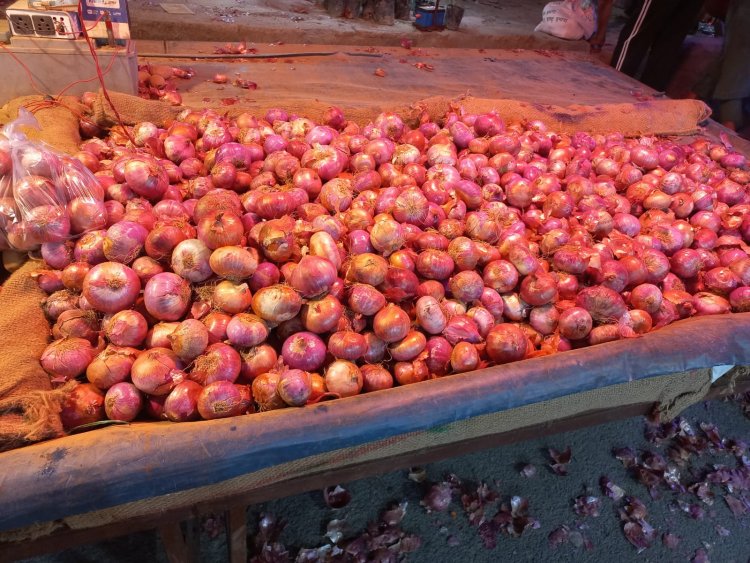
The results of the study can be beneficial for policymakers in various ways. The prevalence of volatility transmission among TOP prices in India demonstrates the necessity to reduce volatility in the prices of these vegetables and undertake targeted policy interventions. This would entail the implementation of various supply-side measures like strengthening of the supply chain, integration of the participants of the value chain, development of ample storage facilities and better post-harvest loss management. Adoption of climate-smart agriculture practices would also help in stabilising prices in the case of supply disruptions due to extreme weather shocks.
The understanding of the volatility dynamics in TOP prices would also help in managing price stability. In its June monetary policy statement, the domestic rate-setting panel said the future path of headline inflation was expected to be influenced by the dynamics of food prices. Food items hold a substantial weight of approximately 40 per cent in the Consumer Price Index basket. Consumer inflation fell to a 25-month low of 4.25 per cent in May with food inflation declining to an 18-month low of 2.91 per cent. Consumer inflation averaged 4.5 per cent in April-May.
The RBI has forecast CPI inflation to average 5.1 per cent in 2023-24, 10 basis points lower than its earlier projection, with inflation averaging 4.6 per cent in April-June and 5.2 per cent in July-September. The central bank has projected CPI inflation at 5.4 per cent in October-December and 5.2 per cent in January-March.
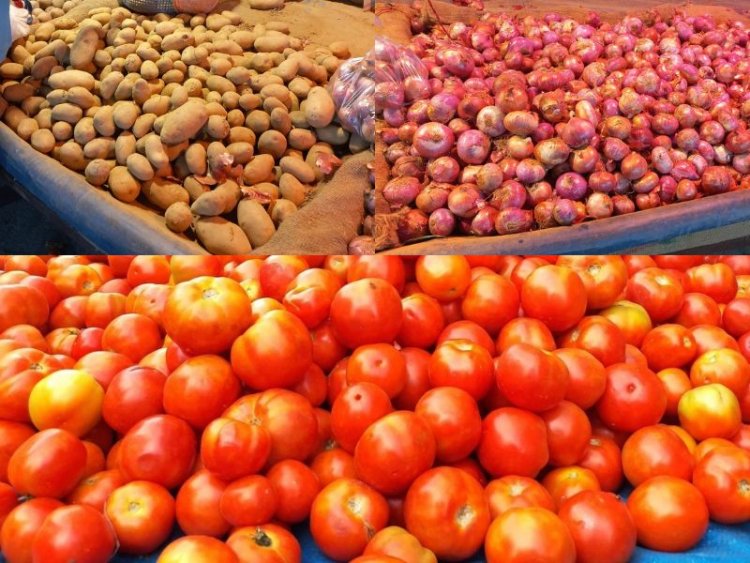






 Join the RuralVoice whatsapp group
Join the RuralVoice whatsapp group




































